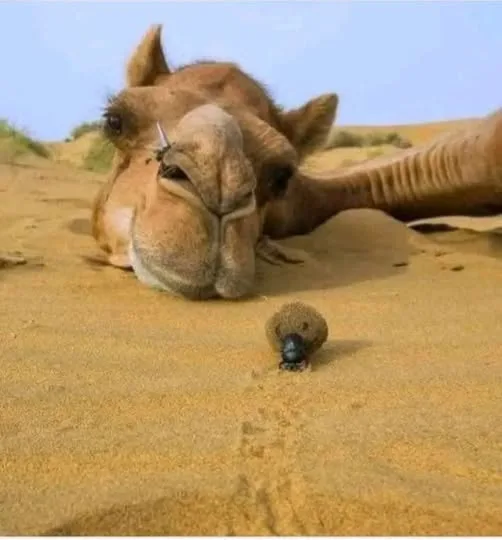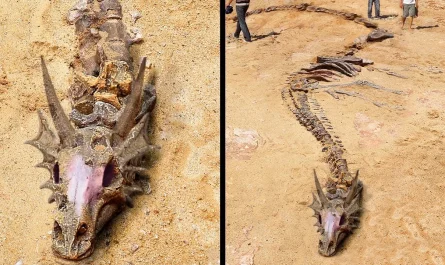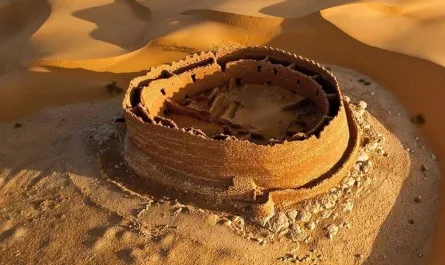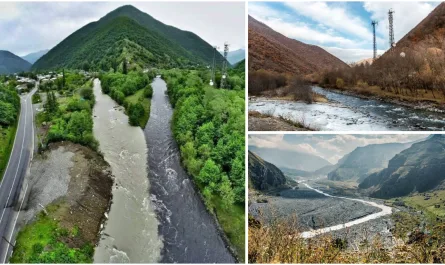The vast, undulating landscape of the desert holds a certain stark beauty, a testament to the resilience of life in extreme conditions. Our eyes are drawn to the majestic creature perfectly adapted to this world: the camel. In the scene before us, a grand camel rests upon the warm sand, its sheer size a striking contrast to the seemingly endless expanse. Close by, almost an afterthought in comparison, a small, industrious dung beetle diligently traverses the granular terrain, leaving its tiny mark on the canvas of the desert floor.

This image sparks a sense of wonder about the unique qualities that allow life, both large and small, to thrive in such an unforgiving environment. It also brings to mind the fascinating, sometimes almost mythical, attributes we associate with these desert dwellers.
Many tales and observations surround the camel’s incredible adaptations. It’s often said that these “ships of the desert” possess almost magical abilities to survive. Perhaps you’ve heard that a camel can drink both fresh and salt water, even water from the famously hyper-saline Dead Sea, without any ill effects. The explanation often given is that their kidneys act as sophisticated filters, separating the salt and producing fresh, drinkable water.
While it’s true that camels are remarkably efficient at conserving water and can tolerate brackish (slightly salty) water better than many other mammals, the idea that they can drink Dead Sea water and have their kidneys magically transform it into fresh water is a misconception. The Dead Sea’s salt concentration is far too high for any mammal to safely ingest. Camels’ kidneys are indeed highly effective at reabsorbing water and excreting concentrated urine, allowing them to make the most of limited water sources, but they don’t perform alchemical transformations.
Another captivating claim is that camels can feast on thorny desert vegetation without harm because their saliva dissolves the sharp points like acid. Observing a camel munching on seemingly impenetrable plants is certainly impressive. Their mouths are incredibly well-adapted with tough, leathery lips and specialized papillae that protect them from being pricked. However, their saliva doesn’t possess acid-like properties that dissolve thorns. Their physical adaptations allow them to handle these tough meals, but it’s not a chemical process of dissolution.
The resilience of the camel in harsh conditions extends to their eyes as well. You might have heard that they have two eyelids, one thin and transparent, the other thick and fleshy. This description is close but not entirely accurate. Camels actually have three eyelids. The upper and lower lids are equipped with long, thick eyelashes, clearly visible in our image, that act as a physical barrier against blowing sand. Crucially, they also possess a third, transparent eyelid called a nictitating membrane. This membrane can sweep across the eye horizontally, acting like a windshield wiper to clear away sand and dust while still allowing the camel to see during sandstorms. This is a vital adaptation for navigating the often-turbulent desert environment.
Finally, the ability of camels to regulate their body temperature is another marvel of adaptation. The idea that “if it is cold its temperature increases, if it is hot in the hot desert its body temperature decreases” gets a little mixed up. In the scorching desert heat, a camel’s body temperature can actually rise significantly during the day, reducing the temperature difference between its body and the environment. This clever trick minimizes water loss through sweating. At night, their body temperature then drops, allowing them to radiate the stored heat. This fluctuation is a key strategy for surviving extreme temperature swings and conserving precious water.
Looking back at our image of the resting camel and the busy beetle, we are reminded of the intricate web of life that thrives in even the most challenging landscapes. While some of the tales surrounding the camel’s adaptations might have become embellished over time, the reality of their survival in the harsh desert is no less impressive. Their efficient water use, specialized mouths, protective eyelids, and unique body temperature regulation are all testaments to the power of evolution in shaping creatures perfectly suited to their environment. The quiet majesty of the resting camel in our image speaks volumes about the enduring spirit of life in the whispering sands.





